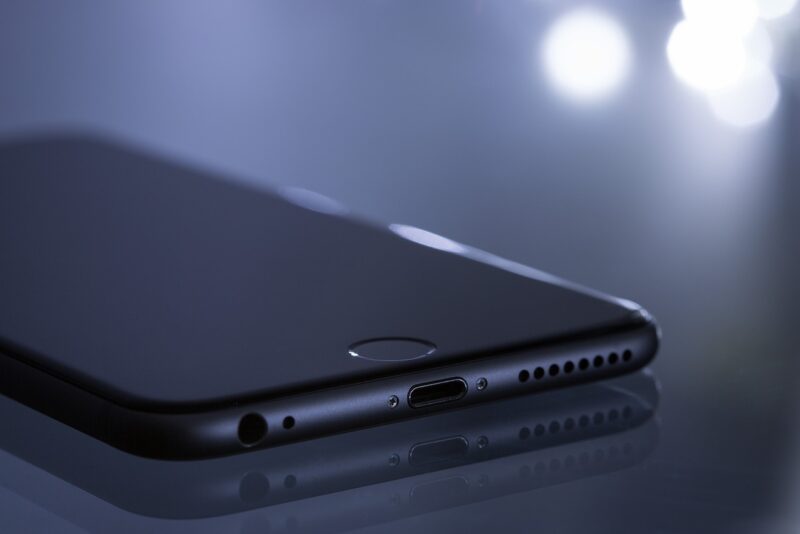Why Some Users Are Loyal to iPhone While Others Swear by Android
November 12, 2024

In the world of smartphones, two giants dominate the market: Apple and Android. Each platform has cultivated a loyal following that passionately defends its chosen device. Whether it’s the seamless integration of hardware and software with the iPhone or the customizable features offered by Android devices, both options have their merits. This article dives deeply into the reasons behind user loyalty to these platforms, exploring the factors that contribute to the fierce rivalry and the diverse needs of consumers.
1. Brand Identity and Image
For many users, their choice between Apple and Android transcends the mere functionality of the devices. It’s about brand identity and the social status associated with each brand.
– Apple Users: The iPhone is often seen as a symbol of premium quality and elegance. Apple has successfully positioned itself as a luxury brand, which appeals to consumers who prioritize aesthetics and the image they project. Many iPhone users report a sense of pride and belonging within Apple’s ecosystem, reinforced by the brand’s distinctive marketing strategies and high-profile celebrity endorsements.
– Android Users: On the other hand, Android appeals to a broad audience due to its open-source nature. Brands like Samsung, Google, and OnePlus offer a variety of devices at different price points. Many users appreciate the versatility and options available, as they can choose devices that match their personal style and budget while still enjoying powerful technology. Android’s flexibility empowers users to personalize their experience, creating a unique identity far from the homogeneous offering.
2. User Experience and Interface
User experience is a critical factor that influences customer loyalty. The design and functionality of an operating system can make or break a customer’s relationship with their device.
– iPhone Experience: Apple has built its reputation on creating a simple, intuitive user experience. The iOS interface is often praised for its consistency, streamlined design, and ease of use. Users who prefer a straightforward experience with fewer options often find themselves more aligned with Apple. The regular updates further ensure that users enjoy new features and security enhancements without significant changes to the interface they are accustomed to.
– Android Experience: Alternatively, Android offers a diverse range of user interfaces due to various manufacturers. Users can select from virtually infinite customizations. While this can lead to fragmentation and a less polished experience for some brands, those who enjoy tweaking their device settings to suit their personal preferences often find joy in this versatility. Android’s customization capabilities allow for tailored experiences that many tech enthusiasts relish.
3. Ecosystem Integration
When assessing loyalty, ecosystem integration plays a vital role. Both brands possess an ecosystem, but they serve different user needs.
– Apple Ecosystem: Users entrenched in Apple’s ecosystem benefit significantly from the seamless integration between devices. With iPhones, iPads, Macs, and Apple Watches, messages, calls, and files sync effortlessly, enhancing productivity. Services like AirDrop, iCloud, and Handoff encourage users to remain within the Apple ecosystem due to the convenience it provides. Those who prioritize a cohesive experience across devices often find themselves loyal to Apple.
– Android Ecosystem: While Android lacks the cohesion and polish of Apple, it offers interoperability with a range of devices and services. Many third-party applications and integrations allow Android devices to connect with various platforms, catering to users who prefer flexibility. Additionally, the integration of Google services across devices, including Chromebooks and Google Home products, creates an ecosystem that appeals to the tech-savvy user who enjoys exploring various options.
4. Price Sensitivity and Budget Considerations
Price is an inevitable factor influencing smartphone loyalty. Each brand appeals to different segments of the market based on their pricing strategies.
– iPhone Pricing: iPhones are often seen as high-end devices with premium pricing. Apple generally targets consumers who are willing to invest in quality and longevity. Users are frequently willing to pay more for the brand’s reputation, build quality, and customer service. The iPhone’s perceived value often translates into loyalty; customers feel they are part of an exclusive club, leading them to remain invested in future purchases.
– Android Pricing: Android caters to a wide range of price points, with options available for budget-conscious consumers. Users frequently find satisfaction in being able to select a powerful device that meets their needs without overspending. The competitive nature of the Android market keeps prices in check, encouraging brand loyalty among users who may have previously felt restricted by cost.
5. Security and Privacy Concerns
As security becomes increasingly important, users often consider the safety of their personal information when choosing a platform.
– iPhone Security: Apple has a strong marketing strategy centered around privacy and security, providing users with a sense of security stemming from rigorous data protection measures. This emphasis resonates with users who prioritize safeguarding their personal information. The iPhone’s reputation for security has garnered loyalty among professionals who handle sensitive information.
– Android Security: Conversely, some users may perceive the Android ecosystem as less secure due to its open-source nature. While Android devices can provide robust security features, the varied implementation across manufacturers can lead to inconsistencies in security enforcement. Users who are savvy about security practices and appreciate openness, however, find loyalty to Android.
Conclusion
Loyalty to either iPhone or Android reflects diverse user preferences and priorities. While iPhone users may value brand image, simplicity, and integrated experiences, Android users often prioritize options, price, and customization. Both platforms cater to various consumer needs, underpinning their respective loyal followings. Ultimately, the ongoing rivalry between Android and iPhone will continue to shape the smartphone market as each brand evolves to meet the expectations of its users in a rapidly changing technological landscape.








